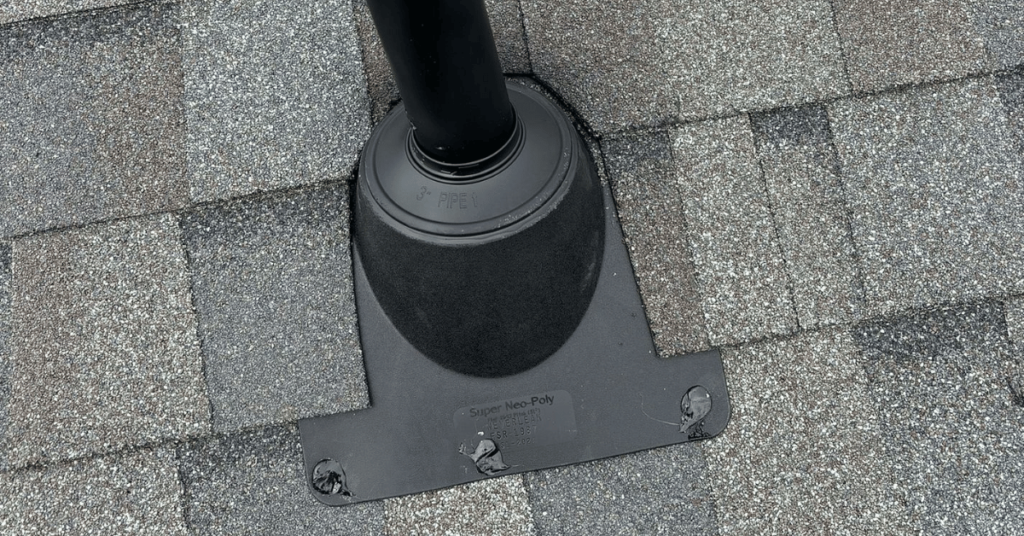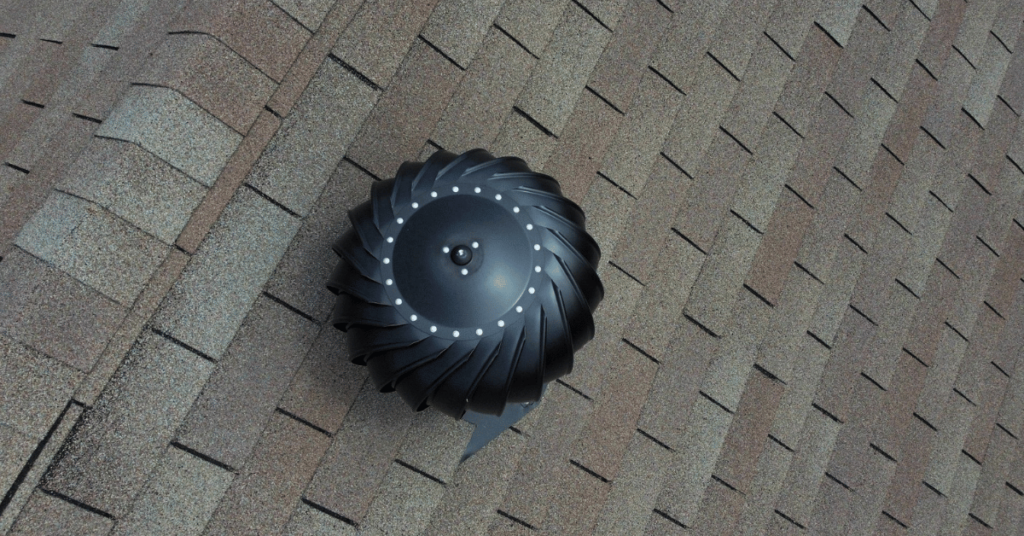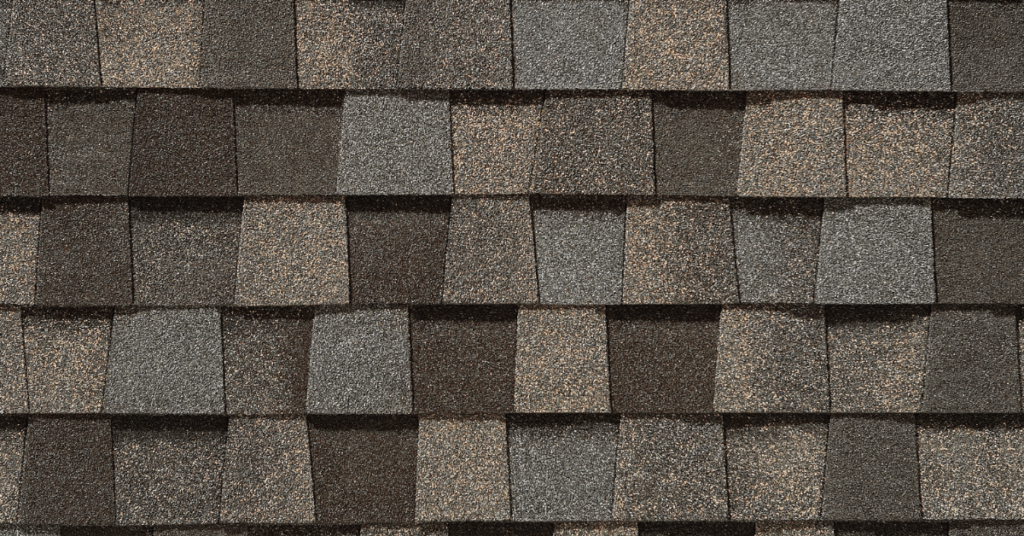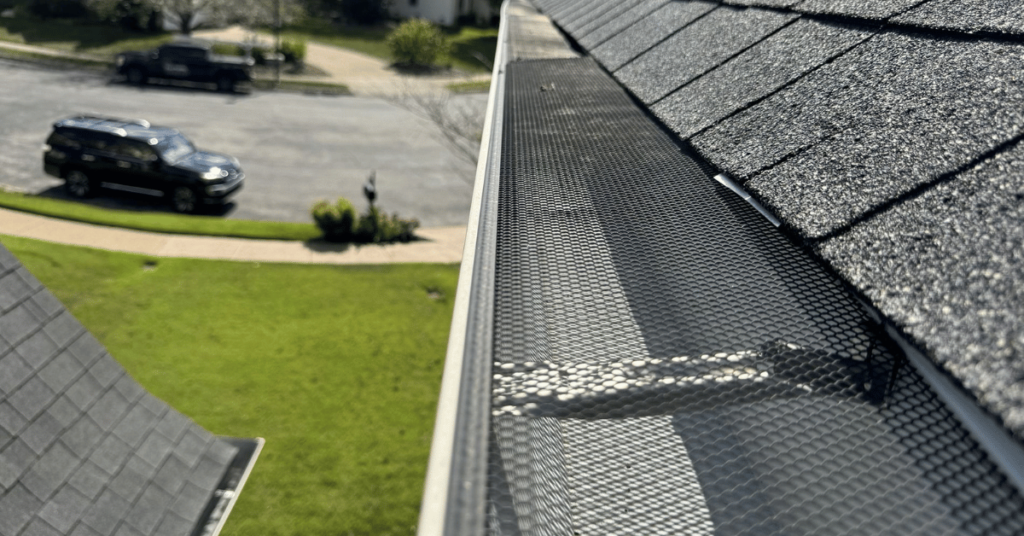What Are Roof Components?
A roof is more than just shingles; it’s a system of parts that all work together to protect, insulate, and preserve your home. Understanding these parts can help you make better roof repairs, replacements, and maintenance choices. Here’s a look at the key components that make up a roof.
The Main Parts of a Roof
1. Flashing
Flashing is made of thin metal sheets around roof edges, joints, and areas where the roof meets walls or chimneys. Its job is to keep water from getting into those spots. Types of flashing include:
- Counter Flashing: Keeps water out where the walls and roof meet.
- Step Flashing: Works along roof edges to stop leaks.
- Chimney Flashing: Protects the space where the chimney connects with the roof.
- Pipe Boot Flashing: Seals around vent pipes that come up through the roof.

2. Roof Vents
Roof vents keep your attic temperature and moisture levels in check, which protects the roof’s structure. Common vents include:
- Ridge Vents: These are installed along the top of the roof to let warm air escape.
- Box Vents: Stationary vents are set around different parts of the roof.
- Power Attic Vents are motorized vents that help push out hot air from the attic, making it easier to cool your home and prevent moisture build-up.

3. Underlayment
Underlayment is a layer between the decking (wood base) and the shingles, adding extra protection against water. It comes in a few types:
- Felt Underlayment: Traditional and budget-friendly for moisture resistance.
- Synthetic Underlayment: A newer, more durable material that resists tears better than felt.
- Ice & Water Shield: A special underlayment for added moisture protection in areas with ice dams.
4. Roof Decking
Decking is the base of your roof. Usually made from plywood or OSB (Oriented Strand Board), it supports the rest of your roof. Strong decking is key to a stable, safe roof.

5. Shingles
Shingles cover the outer layer of your roof, giving it style and shielding it from the elements. You have a few types to choose from:
- 3-Tab Shingles: Lightweight and budget-friendly.
- Architectural Shingles: More durable, with a layered look that adds strength and style.
- Luxury & Premium Shingles: Manufacturers design high-end shingles for durability and a unique look.

6. Gutters and Downspouts
Gutters and downspouts channel rainwater away from the roof and foundation. They prevent problems like erosion, basement leaks, and damage to walls and roof edges. Keeping gutters clean and clear is important for good drainage.

Additional Roofing Features
Drip Edge
A drip edge is a metal strip along the roof edges that prevents water from getting under the shingles and damaging the fascia and decking.
Soffit and Fascia
These two parts serve both a practical and visual role:
- Soffit: Located under the roof overhang, it allows airflow into the attic.
- Fascia: The vertical edge that connects to the ends of the rafters and is where gutters are attached.
Penetrations
Penetrations are openings for things like plumbing, HVAC, and electrical vents. Each one needs good flashing and sealing to avoid leaks.
Bringing It All Together
Each part of your roofing system plays a role in keeping your roof strong and protecting your home. From the sturdy decking and moisture-blocking underlayment to flashing and ventilation, every piece has a job to do. If you want to learn more about how these components work together, Roofing University has plenty of resources to help you get the needed information.
